The Bank of Korea has decided to maintain interest rates at 2.5% as a cautious measure amid global economic uncertainties. This decision aims to support economic stability and consumer spending. Future rate cuts may be considered depending on inflation trends and global financial conditions, especially in relation to U.S. Federal Reserve policies. Understanding these dynamics is essential for both individuals and businesses to make informed financial decisions.
The Bank of Korea plays a vital role in shaping the country’s economic landscape. Recently, they decided to keep interest rates steady at 2.5%. This decision comes as the global economy shows signs of uncertainty. Investors and businesses alike are watching closely for any shifts.
Current Interest Rate Status
Right now, the Bank of Korea’s interest rate remains unchanged. This steadiness is aimed at supporting growth while managing inflation. The bank wants to ensure that borrowing and spending remain stable, which is crucial during uncertain times.
Economic Factors at Play
Several factors influence these decisions. Changes in the U.S. Federal Reserve’s policies directly impact local rates. If the Fed shifts their rates, the Bank of Korea may follow suit. Analysts predict that a likely reduction in rates may happen in the future, depending on global economic trends.
Future Projections of Interest Rates
The Bank of Korea’s next steps are under much scrutiny. If inflation continues to decrease, cuts may be possible. Many believe it’s essential for the bank to adopt a proactive approach to ensure economic stability.
Moreover, global events, such as trade disputes or financial crises, can heavily sway decisions. The bank must stay alert and ready to adjust rates to protect the economy.Understanding these dynamics helps in planning for potential changes that could affect loans, mortgages, and investments.
Conclusion
In conclusion, the Bank of Korea’s decision to maintain the interest rates at 2.5% shows a cautious approach during fluctuating economic conditions. By keeping rates steady, they aim to support borrowing and spending, which are vital for economic growth.
It’s clear that various factors influence these decisions, including global events and trends. As we look ahead, understanding the potential for rate cuts can help individuals and businesses prepare for future financial scenarios.
Staying informed about these developments is essential. Whether you’re planning to buy a home, invest, or manage a business, knowing how interest rates can change will help you make better financial choices.
FAQ – Frequently Asked Questions about the Bank of Korea’s Interest Rates
Why did the Bank of Korea keep the interest rates at 2.5%?
The Bank of Korea maintained the interest rates to support economic stability and ensure borrowing and spending can continue without disruption.
How do U.S. Federal Reserve decisions impact the Bank of Korea?
The decisions of the U.S. Federal Reserve can influence the Bank of Korea’s rates because both economies are interconnected, affecting global financial markets.
What factors could lead to future interest rate cuts in Korea?
Future interest rate cuts may occur if inflation decreases or if significant global economic challenges arise, prompting a need for supportive monetary policy.
How might changes in interest rates affect consumers?
Changes in interest rates can impact loan and mortgage costs, making borrowing either more or less expensive for consumers.
What should businesses consider regarding interest rate changes?
Businesses should plan for potential rate changes, as they can affect investment costs and consumer spending behaviors.
Is it possible for the Bank of Korea to change rates frequently?
While it’s possible, the Bank of Korea usually takes a cautious approach, making changes only when necessary to maintain economic stability.


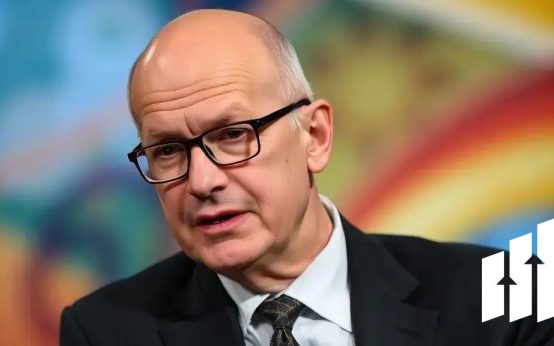 Miran Highlights Dual Goals of Fed and Interest Rate Outlook
Miran Highlights Dual Goals of Fed and Interest Rate Outlook 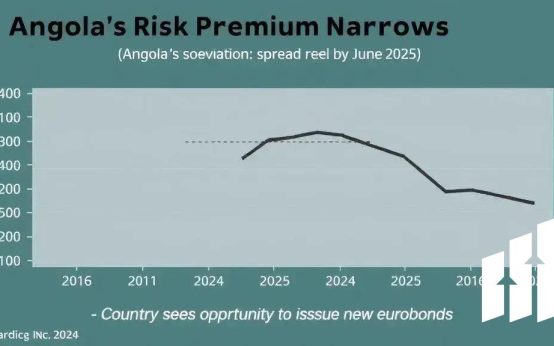 Are You a Robot? Unusual Activity Detected on Bloomberg
Are You a Robot? Unusual Activity Detected on Bloomberg 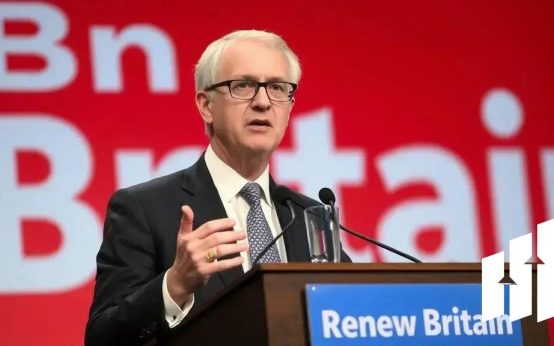 Keir Starmer Leads Business Delegation to India for Trade Pact
Keir Starmer Leads Business Delegation to India for Trade Pact  Takaichi Appoints Ex-Finance Minister as Secretary General of LDP
Takaichi Appoints Ex-Finance Minister as Secretary General of LDP 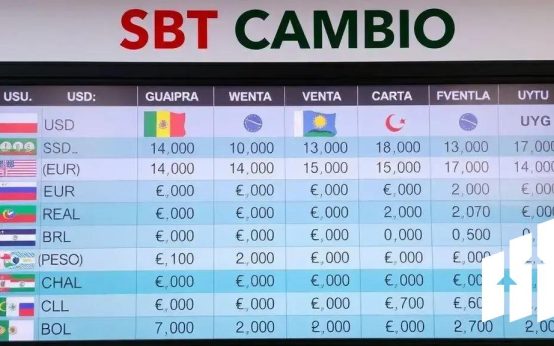 Argentina Continues Dollar Sales Amid Weakened Peso Crisis
Argentina Continues Dollar Sales Amid Weakened Peso Crisis 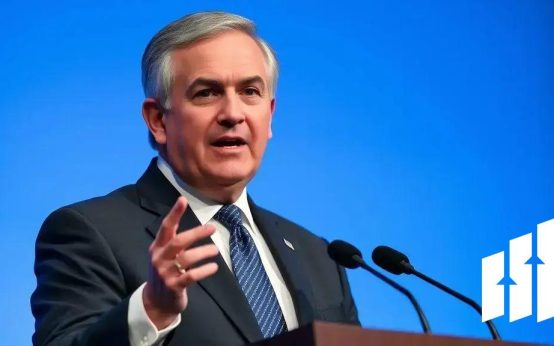 White House Calls on Democrats to Resolve Ongoing Government Shutdown
White House Calls on Democrats to Resolve Ongoing Government Shutdown